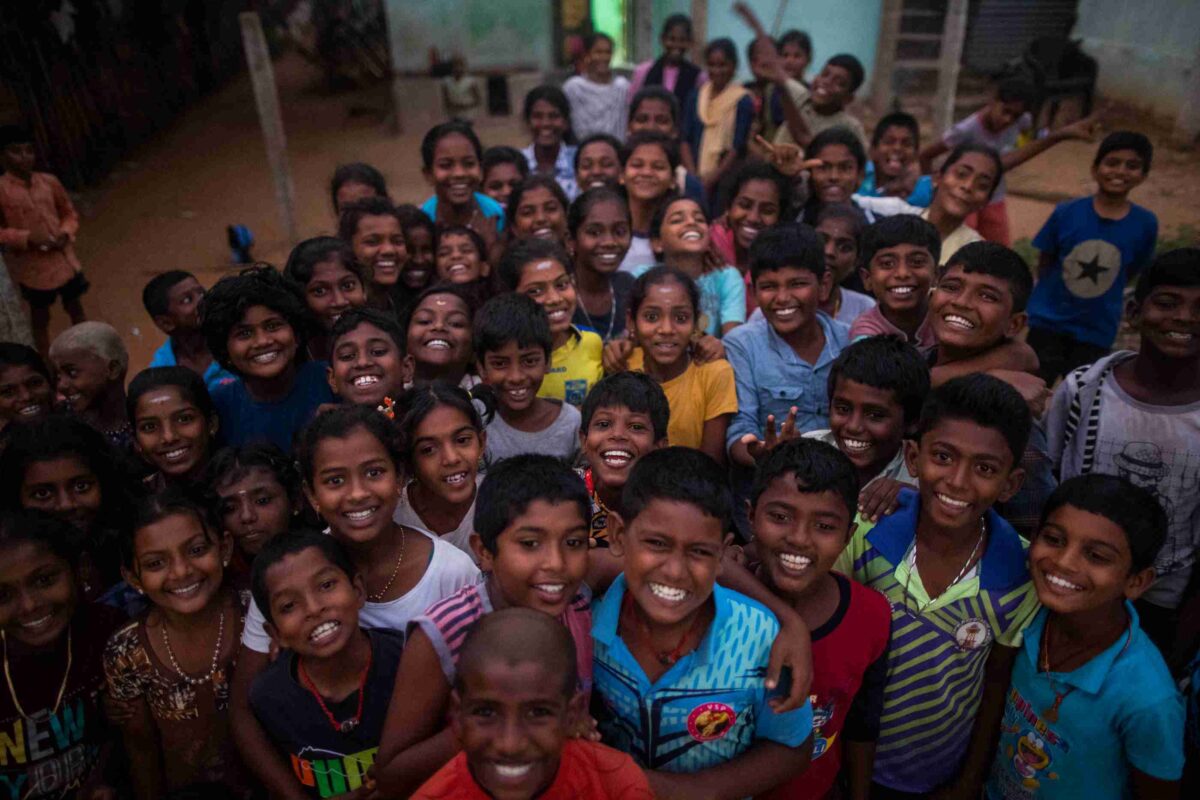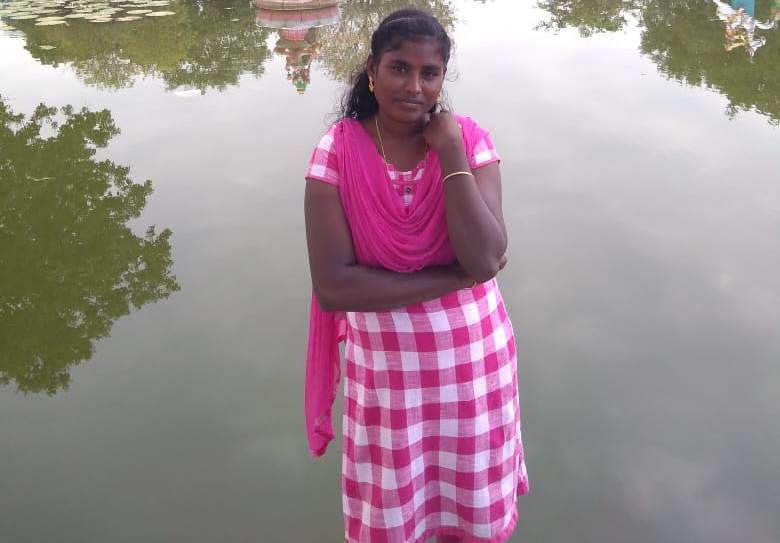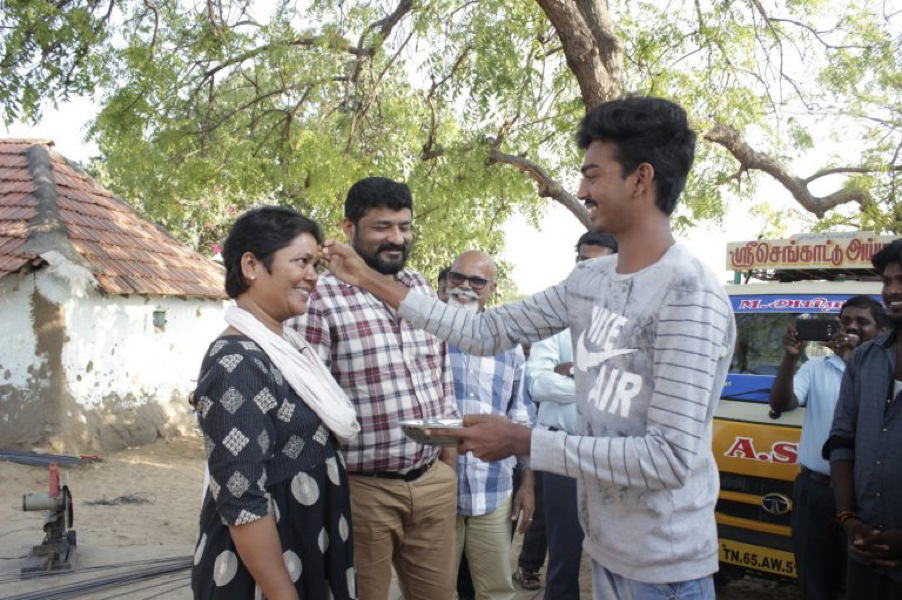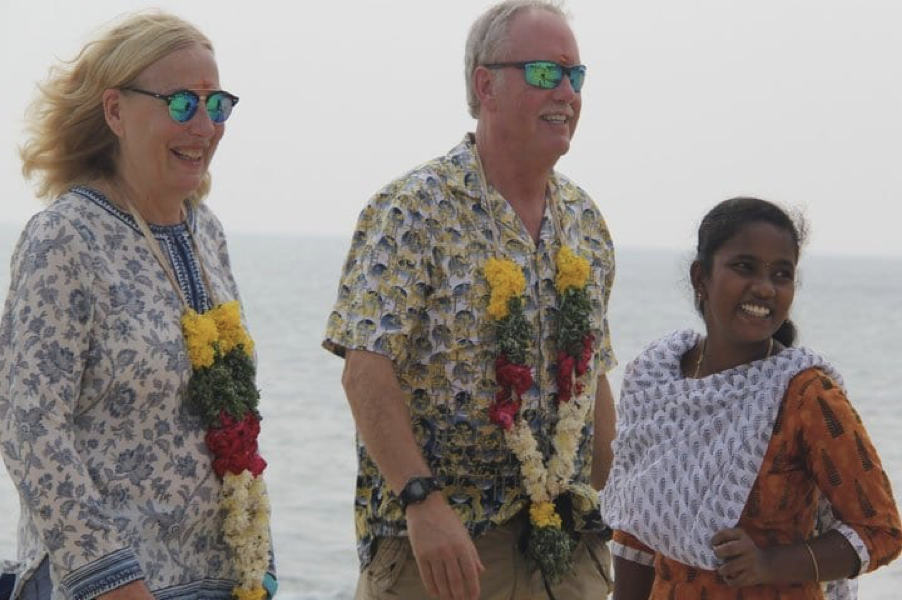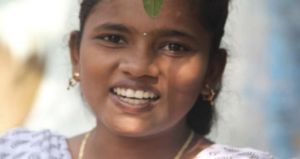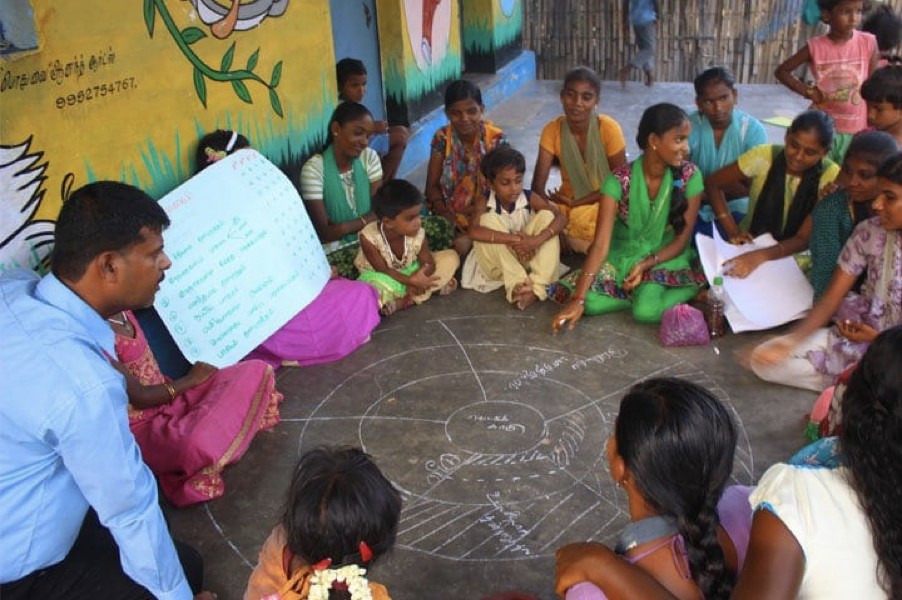Myself K. Kaviya studying 9th grade in Government high School, Kuruvadi, Kadaladi Block, Ramanathapuram District. I have an elder sister doing 11th standard. My father is a construction worker and my mother is working as a cook in Kuruvadi school.
Before intervention of Community Resource Center (CRC), we did not have any kind of opportunity in engaging co-curricular skills, reading and writing practices. Even, we don’t have any guidance in clarification in our school subjects. Without guidance, most of the girls were not interested to continue their higher education after 10th. So, more drop outs was in our village and some of our friends engaged in part time works with their parents.
By that time, PAD organization approached our village, and conducted the meetings with village leaders, parents and our children. Based on our request, they established the CRC in our village. Now, there are 27 children participating regularly. It was new opportunity to us to learn daily subjects and new ideas with the help of centre facilitators. Through that how we can develop our skills by participating in various event. They taught us, how to speak without fearless, engaging in traditional games, celebrating every important day like science day, world water day, national girl child day and teacher’s day.
We developed our co-curricular skills such as handicrafts, dancing, acting, singing, elocution, debates and silambam, etc. Participating in such a way made us eager to speak boldly without fear. After the establishment of CRC and Adolescent Girls Group (AGG) meetings, we developed and fixed our goal. We have set clearly and explained what activities we have to do to achieve that goal and thus it helped me to set my goal. At first, I was not interested in joining any competition now after joining the centre, I want to join even if I lose. We formed and practiced dance as a group. I got interested in dancing by participating in various competitions one by one. Later I also participated in painting competitions and essay writing competitions. In our school, they took me to participate District level book exhibition at Ramanathapuram and I performed well. The district collector praised me for dancing well and asked me what I wanted to be. I wanted to be an IAS as soon. Immediately, he gave me lot of books according to my goal with lot of appreciation. It made me very happy. The incident was also reported in the newspaper. They took that paper and put it on the notice board in my school which makes me very proud.
In my school they gave me the topic of road safety and I had to make a painting on it and I won the first prize in that painting. And I participated in the essay competition related to drug addiction and won the second prize. When I told this to my parents, my parents were very proud. I was happy because of this I have an idea of what day of the competition I want to participate, whether win or lose, but I should join even small competition.
I thankful and grateful to my facilitator Kanakavalli and PAD who always giving information from various sources. It was very helpful for me how I bravely participated in many competitions and dances.
